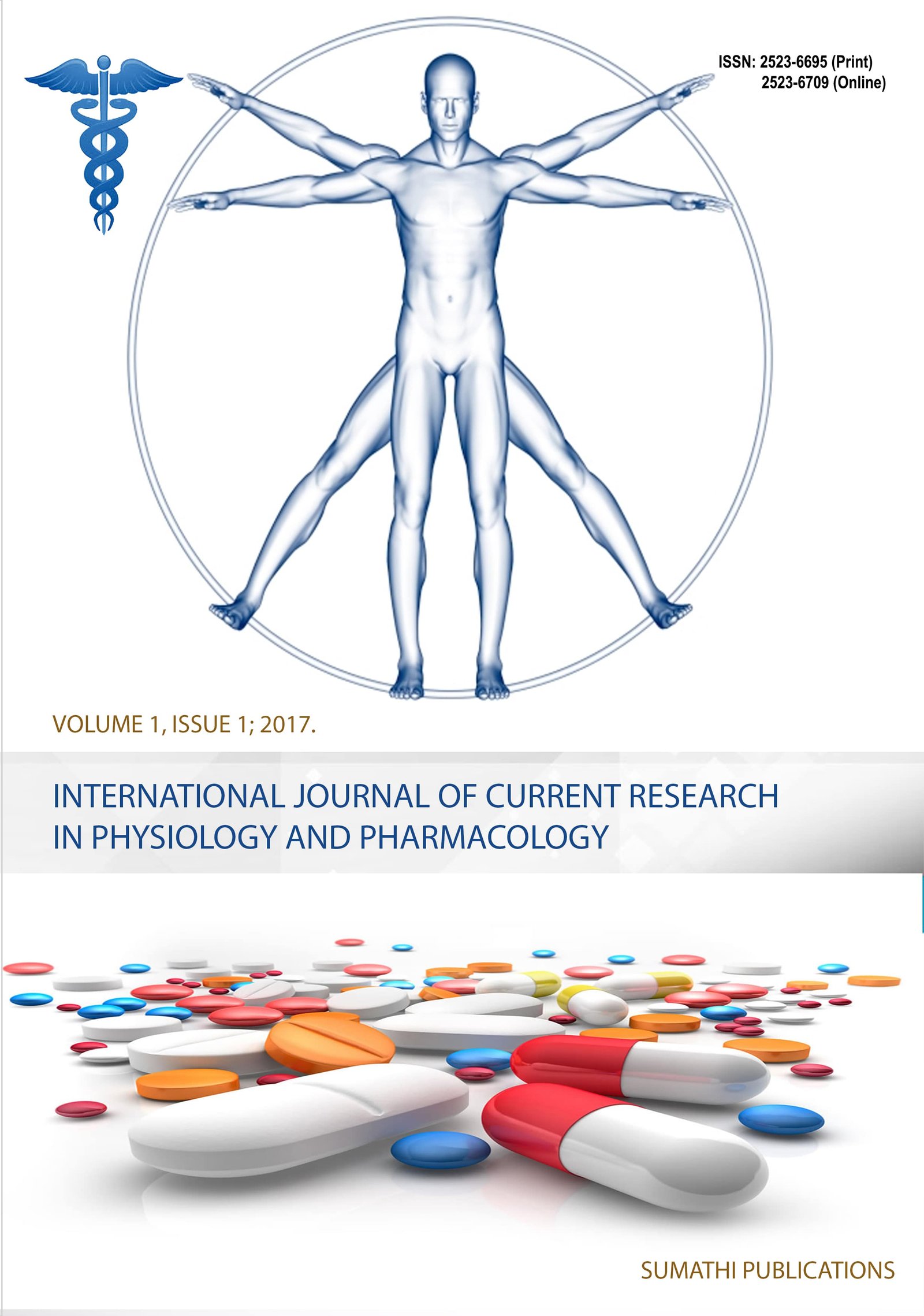Peer Review Process
The peer review process is a crucial aspect of scholarly publishing and is used to maintain and enhance the quality of published research. Here's an overview of how the peer review process typically works:
-
Submission of Manuscript: The process begins when an author submits a manuscript to a journal.
-
Initial Assessment by Editor: The editor of the journal conducts an initial review to determine if the manuscript meets the basic criteria for the journal, such as relevance, originality, clarity, and adherence to the journal's scope and guidelines.
-
Assignment to Reviewers: If the manuscript passes the initial assessment, the editor assigns it to a group of external experts, known as peer reviewers. These reviewers are usually scholars or researchers with expertise in the manuscript's subject area.
-
Review by Peers: The peer reviewers evaluate the manuscript in detail. They assess various aspects, including the validity of the research methodology, the significance of the research, the accuracy of the analysis, and the clarity of presentation. Reviewers also check for ethical issues and potential conflicts of interest.
-
Feedback to Editor: After their evaluation, reviewers send their recommendations back to the editor. These recommendations can vary: accept as is, accept with minor revisions, accept with major revisions, or reject.
-
Decision by Editor: The editor considers the reviewers' feedback and makes a decision about the manuscript. This decision is communicated to the author(s) along with the reviewers' comments, without revealing the identities of the reviewers in a double-blind review process.
-
Revisions by Author(s): If the manuscript is accepted with revisions, the author(s) are asked to make the suggested changes and resubmit the manuscript. This revised version may undergo further rounds of review.
-
Final Decision and Publication: Once the manuscript meets all requirements and standards, the editor makes a final decision. If accepted, the manuscript goes through final editing and formatting before being published.
Throughout this process, confidentiality, objectivity, and fairness are maintained to ensure the integrity of the scholarly record. The peer review process can be rigorous and time-consuming, but it is essential for ensuring the quality and credibility of academic research.





